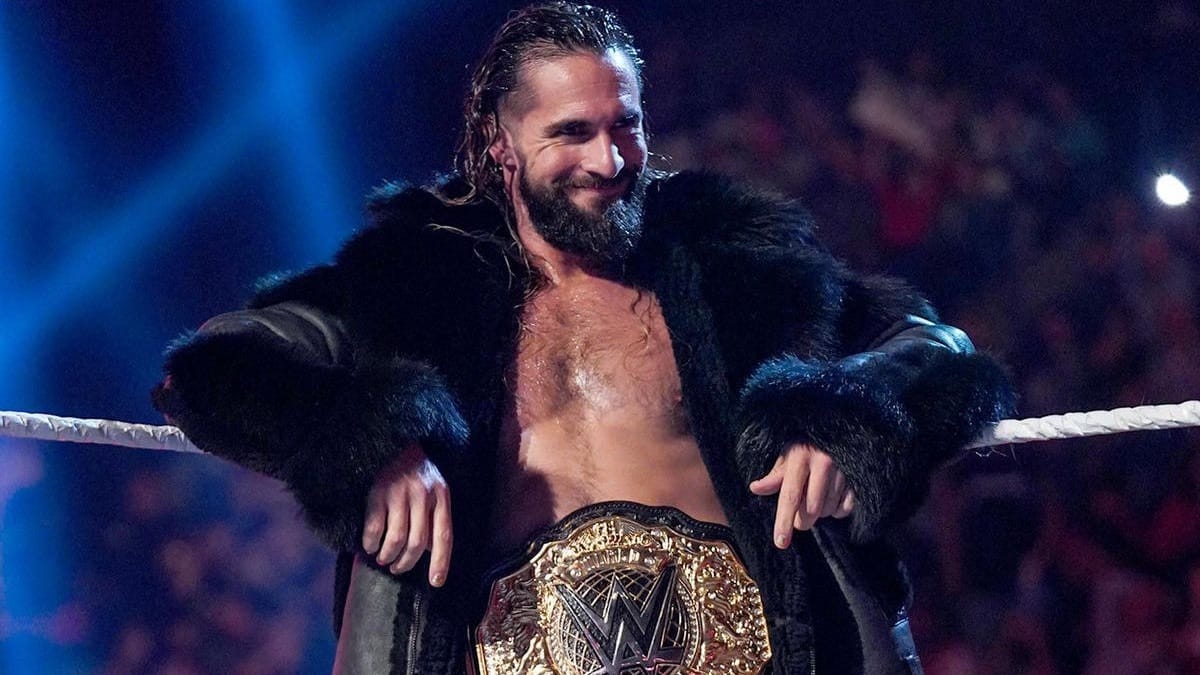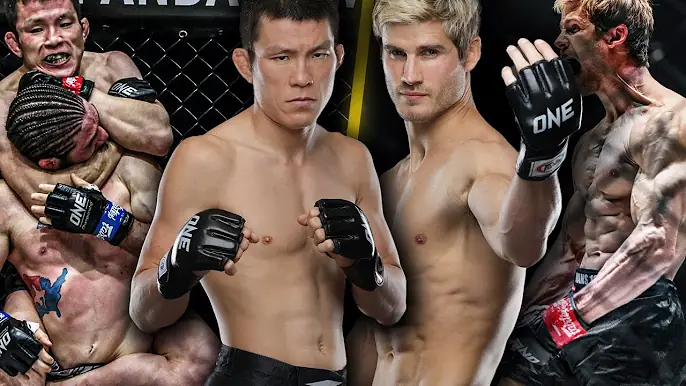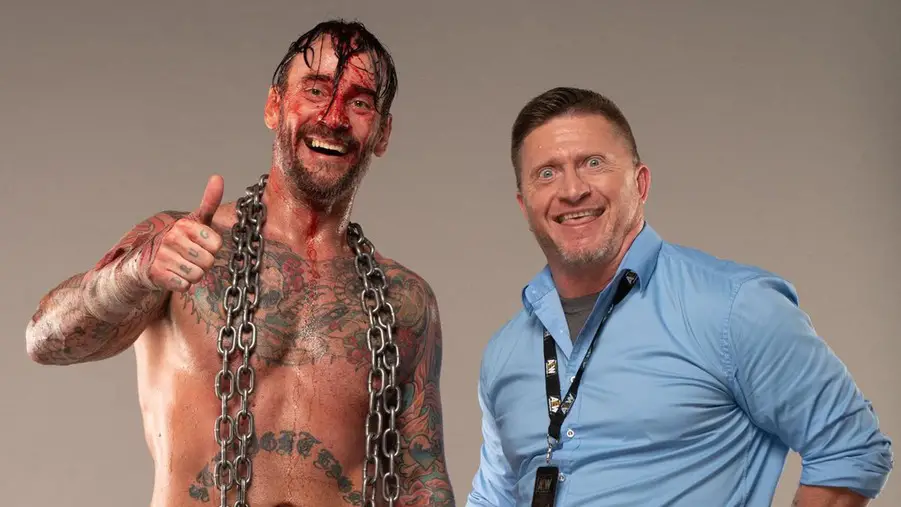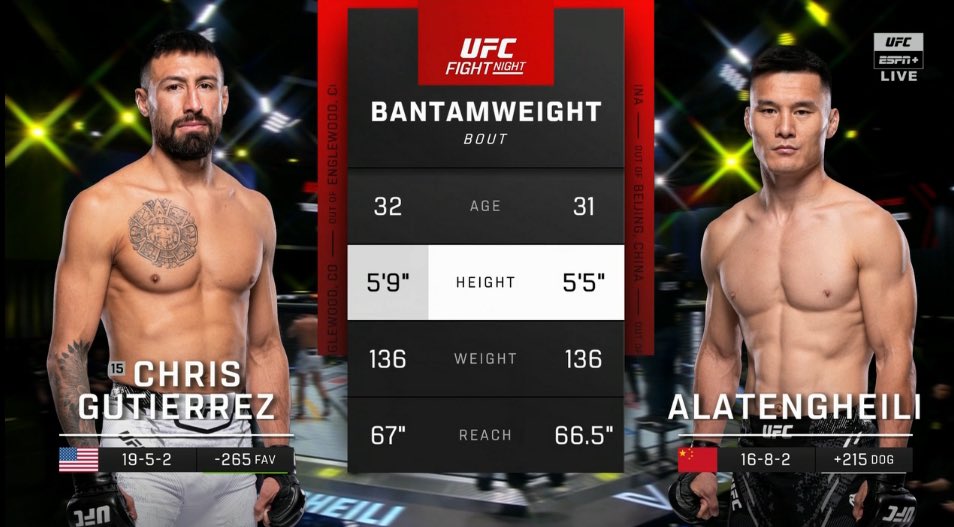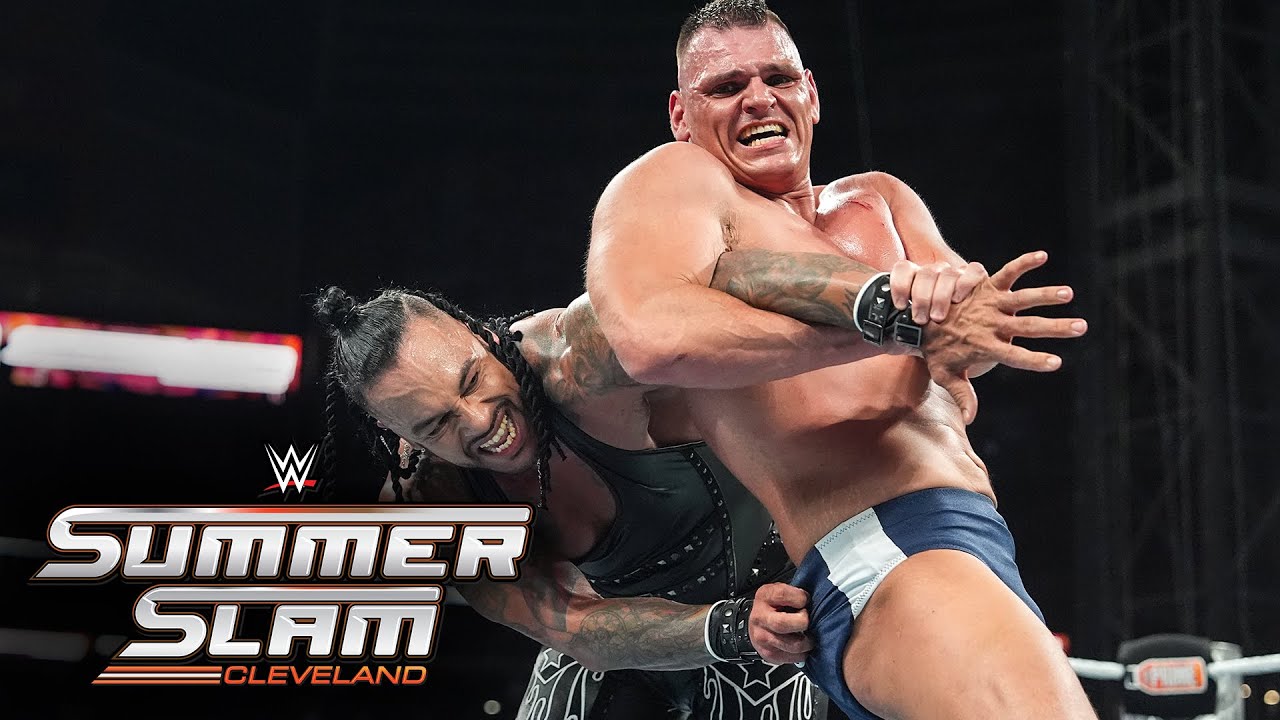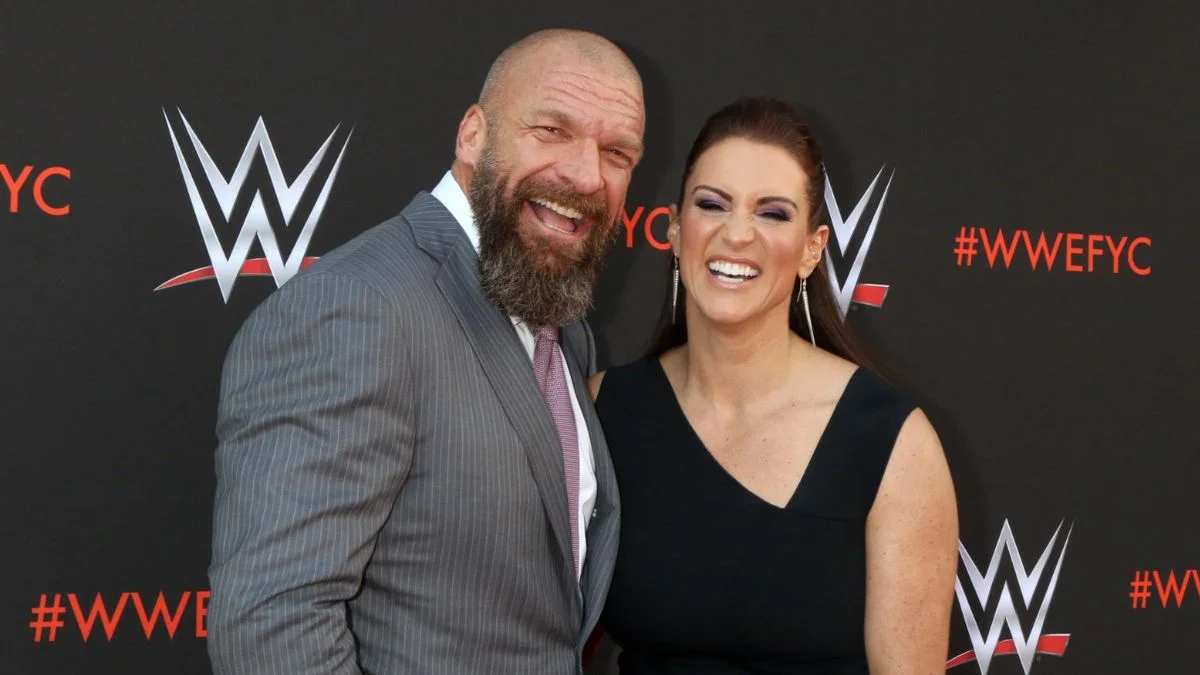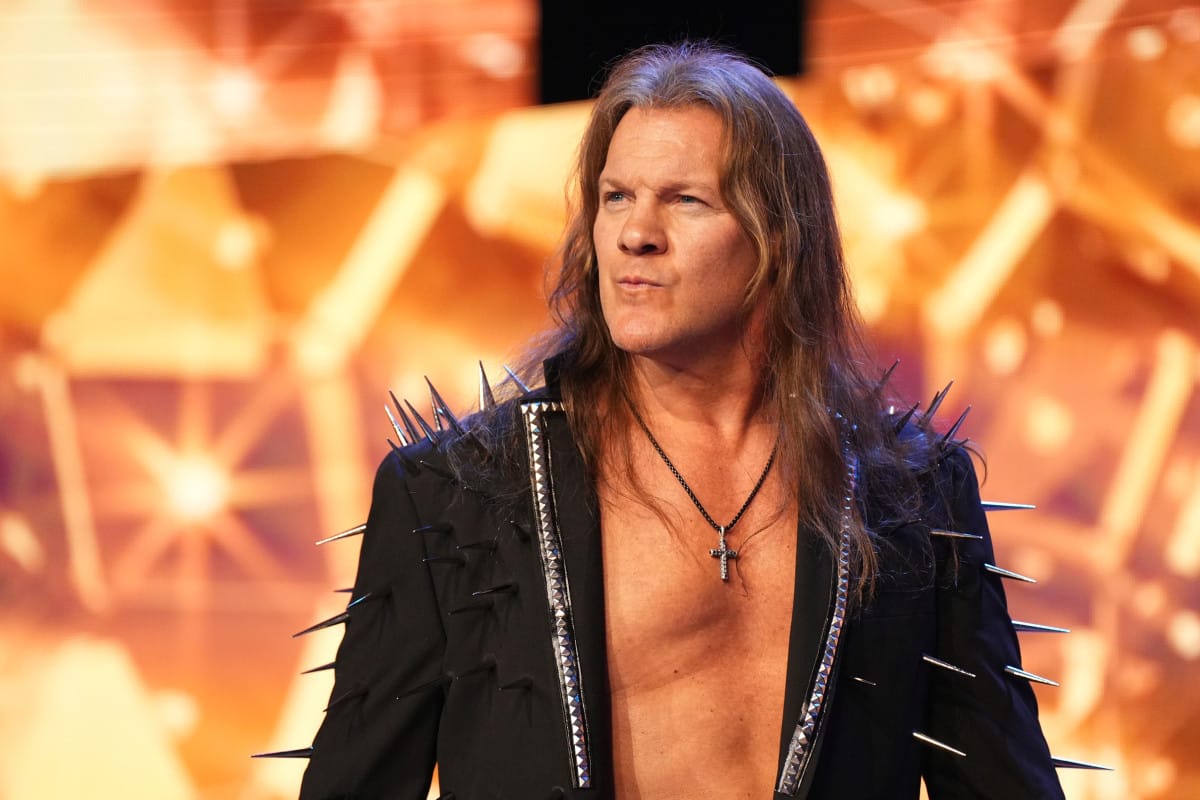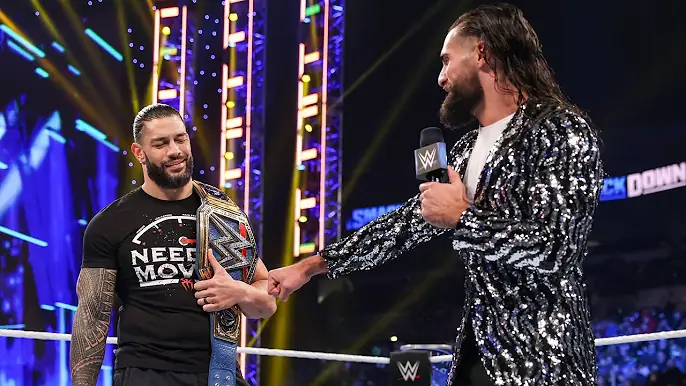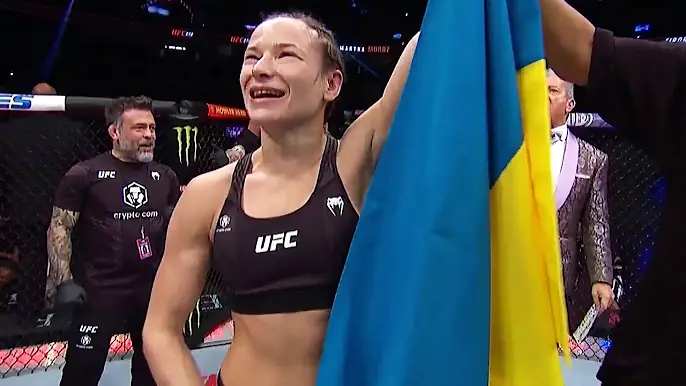Legends vs. Newcomers: How WWE Straddles The Line Between Tradition And Innovation
The world of professional wrestling is dynamic entertainment in which the past, present, and future merge into one distinct soap opera. Such is the world of WWE, or World Wrestling Entertainment, with the constant challenge of how to forge the traditional and the innovative into what is known as wrestling circuits worldwide. Icons, legends, and upcoming talent will share the same stage as WWE dances between its storied past and driving the industry towards new horizons. This paper looks into how WWE handles this fine balancing act, its effects on the product, and how legends are merged with up-and-coming talent to create a seamless blend.
Legends That Matter
WWE Legends were the cornerstone of the company. Their contributions have sounded the wrestling landscape and given it a face that will live forever. Superstars like Hulk Hogan, “Stone Cold” Steve Austin, The Rock, The Undertaker, and Shawn Michaels are synonymous with the golden eras that WWE went through. Their classic moments and over-the-top characters have irrevocably branded fans.
Legacy and Nostalgia
Legends are nostalgic in how they strike deep into the fans’ psyche. They might evoke memories of past glories from all appearances and tend to connect the dots in a diverse range of generations of wrestling lovers. This nostalgic connection WWE harnesses as a formidable tool to garner an older but, importantly, new fan base stage in its storied history.
Box Office Appeal
This only contributes to further growing ticket sales, pay-per-view buys, and television ratings. Events such as WrestleMania always feature the return of legends, so that part of unpredictability combines with the “larger than life” allure as well. For instance, The Rock’s matches at both WrestleMania 28 and 29 amped this up, proving that legendary figures will consistently score big money.
Mentoring and Passing the Baton
Legends play several roles in mentoring the next generation of wrestlers. It’s the experience and wisdom that transpires into a pool of assets in nurturing new talent. “Passing the torch” moments, where WWE is scripting or well-established stars endorsing newer talent, have essentially made a pathway from one era to another. For instance, the endorsement of Roman Reigns by the Undertaker put Reigns right on top of the star chain.
The Emergence of All Comers
New Talent is the future’s very life force behind WWE. These are innovative ways that new faces bring their style, storylines, and dynamic, vibrant energy into the product. For instance, WWE’s very own developmental brand, NXT, has been a good platform for nurturing new talent and getting the main roster ready.
Progressive Wrestling Techniques:
It is primarily fresh talent that introduces a wide array of wrestling styles and techniques most have learned from the international wrestling culture. Such wrestlers as AJ Styles, Finn Balor, and Shinsuke Nakamura have brought unique, high-flying, hard-hitting styles to the stage, thus upping the in-ring product.
Refresh Plots:
They bring in new rivalries and fresh stories. One can also challenge all the previous decades’ norms and thoroughly stir up the status quo in even more exciting, unpredicted ways. Take, for instance, Becky Lynch’s heel turn to “The Man,” in bringing something marvelously reinvented that could undoubtedly be done to summon appearance.
Connecting with Younger Audiences
Newer superstars tend to resonate so magnificently with younger viewers. With their modern personas, their high social media visibility, and their slight auras of relatability, they happen to fetch a newer generation of fans who dot on them. All this thrown into a melting pot of ever-growing superstars—guys like Sasha Banks and Seth Rollins, like many others—proved to be a hit with the young viewing demographic, thus perpetuating engagement.
Balancing Tradition and Innovation
Staying the number-one wrestling promotion in the world, WWE can do this only because it continuously regards and appeases tradition by way of making innovations. Therefore, this requires strategic storytelling, well-thought-out character development, and seamless integration of legends and newcomers.
Strategic Storytelling:
WWE does this with long-term storytelling to combine the past and the future. The legends’ incorporation into the current storylines takes off with some excellent stories, which show respect for the past while also highlighting the talented up-and-coming guys. For instance, Goldberg versus Drew McIntyre: Goldberg challenging him at the 2021 Royal Rumble showed how he was to be considered a dominant champion.
Advanced Character Development
Such characters must thus be developed with regard to tradition yet embracing innovation. WWE is often reinventing some classic personas to appeal to the modern audience. The new Bray Wyatt—well, definitely more. Classic typed sci-fi horror unusual and rare in human beings were echoed here inquiries he kind of bordering on what made The Undertaker so particular but presented in a fresh, modern way.
Blending perfectly together
That makes legends and newcomers integrate artfully. WWE uses its specialty events and pay-per-views as an avenue to create moments where the legends come in contact with the new stars. Clearly, in most of these interactions, especially at this point in their careers, it is a win-win situation: they enhance the status of the newcomer and celebrate the legend’s achievements. The 2020 Royal Rumble, which was packed with substance, particularly regarding surprises with Edge’s return and his interaction with younger talent, best epitomizes this approach.
Brand Extensions and Cross Promotions
The brand extensions and cross-promotions help WWE attain a balance between the traditional and innovative ways in which promotions have to be done. For instance, in NXT and NXT UK, the programs focus on grooming new talent, while on the leading roster, both Raw and SmackDown are for established stars, juxtaposed with emerging superstars. Besides, WWE’s business diversification in movies, reality shows, and even podcasting offers a platform for the legends and new faces to exhibit themselves in the market beyond the wrestling ring.
People—including researchers working in the While WWE seeks to strike a balance between tradition and innovation, there exist a number of challenges and criticisms:
Excessive Dependence on Legends
Hence, on a critical note, one can pinpoint the aspect that WWE, at times overplays the legends’ stature, for just their appearance can outshine the rest quite quickly. Far too often, we have seen repetitive returns of older stars, notably in high-profile matches, and how this may overshave growth opportunities for new wrestlers. Fans and critics alike have voiced their opinions on how this can stunt the development of the up-and-comers.
Creative Stagnation
There is also the risk of creative stagnation. Over-reliance on past formulas and characters will culminate in repeating narratives with undue predictability. The WWE has to innovate to ensure their product is fresh and engaging continually.
Balancing Screen Time
The balance lies in allowing the great legends and the upcoming newcomers enough screen time. New talent should have a chance through some exposure to develop their characters and let the exposure build a relationship with the audience. At the same time, the appearance of legends should remain unique with meaning. Making this balance is crucial for the retention of interest from the audience.
Case Studies of Success
In those difficult times, WWE allowed considerations of tradition over ancient poise to be mixed up with other forms of innovation in some cases.
The Evolution of Women:
The Women’s Revolution is probably the epitome of how WWE could enliven its storytelling for history buffs and themselves by moving forward with new stars in the women’s division. New stars like Charlotte Flair, Sasha Banks, Becky Lynch, and Bayley revitalized the WWE women’s division. Historic firsts in the female division, like the Royal Rumble and WrestleMania main event, displayed the merging of tradition and innovation.
NXT’s Growth:
NXT has developed a global brand, showcasing that WWE is steadfastly committed to developing new talent. It is through this brand that the high-level in-ring skill, paired with the ability to create fascinating characters, effortlessly births stars to cross its foundation easily with its main roster. The brand is seen to have worked with the successful stardom of the NXT ex-students in this list, include the likes of Kevin Owens, Sami Zayn, and Rhea Ripley.
The Farewell of the Undertaker
The farewell of The Undertaker at Survivor Series 2020 indeed turned into the epitome of how WWE could bridge their legends while embracing the future. The tribute was paid to The Undertaker’s storied career, and on top of the event itself came today’s stars who will carry us into the future.
The performance of Legends vs. up-and-coming talent will be one of the tempered balances that, as WWE advances ever further into the future, more important to the company’s long-term success will be its adaptive/innovative abilities while maintaining its past respect. The following are some of the strategies it may pursue:
Human Talent Development
WWE will likely further invest in its developmental system, ensuring new talent comes through. This will particularly expand over the global aspects of NXT, together with their performance centers, for betterment in all corners of the world.
Leveraging Technology
This embrace of virtual reality and augmented reality leads to a more immersive experience in sports and a bolstered engagement with fans. While WWE seemingly demonstrated a willingness to innovate, with its use of the Thunderdome during the COVID-19 pandemic, the platform serves only as the home noted previously without its associated audience.
Making content diverse
What allows WWE the opportunity to reach more mass audiences is exposing the content from its traditional envelope within its wrestling programming. Documentaries and reality shows provide the more profound insights into the lives of legends or newcomers; it is these aspects that will bind more fans in place.
Fostering Inclusivity
Diversity within its stories and mission delivery will be the primary key for the WWE. Indeed, to the now-diverse and young fan base, tapping talent from different backgrounds and ensuring that diversity mirrors in its storylines is quite a mark that can push it to greater heights.
Conclusion
Balancing tradition with innovation has become the status quo for WWE, and because of it, it has also turned into a source of strength and vitality. Big surprise there when WWE can age its way up while still catching new talent—veritably absorb a buzzing beehive of performers considered “green” by most standards while at the same time showing every indication that one day it may gather all the legends into the pastures of pure memory. The reactionary stance to the past and future helps enrich the creative process within WWE storytelling and keeps them constantly in the lead regarding professional wrestling. As WWE continues to evolve, how it further mixes legends with the latest generation will go a long way in defining the next chapter in its storied history.


